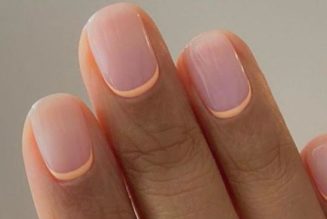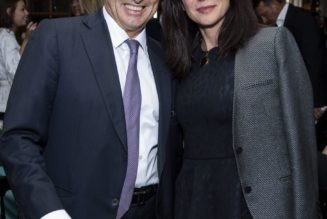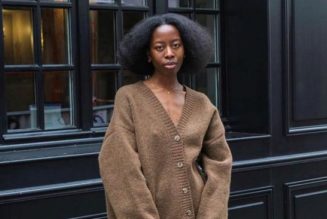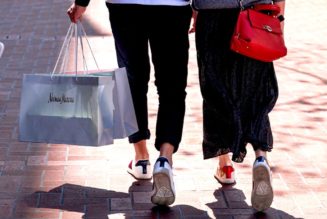This week, when Kering appointed Seán McGirr as creative director of Alexander McQueen, the Paris-based luxury group must have hoped that tapping a protegé of star designer Jonathan Anderson would win swift approval from the fashion community.
Instead, the company ended up on the receiving end of social media backlash as a composite image of their cast of creative directors across brands including Gucci and Balenciaga went viral: The group’s fashion brands are now all designed by white men.
Fashion has managed to make some space for more diverse profiles in recent years: the spectacular success of Virgil Abloh, a Black American, at both Louis Vuitton and Off-White felt like a breakthrough, as has the acclaim and longevity of French designer Olivier Rousteing at the helm of Balmain, where he has been creative director for 12 years.
But racial diversity in top creative roles remains scarce despite these highly visible success-stories. Among the biggest listed luxury groups — Kering, LVMH, and Richemont — the only Black designer is Pharrell Williams who was named Louis Vuitton’s menswear creative director in February following Abloh’s passing in November 2021. The only other non-white creative director is Japanese streetwear legend Nigo, who designs LVMH’s Kenzo line.
Luxury leaders have sometimes sought to explain the lack of racial diversity as a question of time. As European fashion companies were created with European customers in mind, many didn’t become global businesses with a global workforce before the 1990s.
At many firms, efforts to take diversity seriously was hastened by growing social media outrage when brands released offensive products and ad campaigns and, most recently, the murder of George Floyd in 2020. Concerted efforts on diversity and inclusion “have not been embedded long enough for there to be a list of [diverse] people who’ve been developed long enough to be tapped for these [creative director] roles,” said Lisa Yae, managing partner of the retail and luxury goods practice at executive search firm Hanold Associates.
At the same time, structural factors weed out diverse profiles from consideration long before brands find themselves casting the key creative director role. Fashion schools are expensive, as are the materials and support needed to put together a notable graduate collection. From the very beginning, designers from diverse (and statistically less wealthy) backgrounds struggle to gain ground. Unpaid or barely-paid internships are often required to land a job in a luxury house, while designers launching their own labels often rely on a mix of family money and help from fashion gatekeepers — who may be more likely to bet on designers who look like a fit for the creative director role.
If luxury groups’ creative director picks are hardly as racially diverse as the customers they serve, neither is the candidate pool. Companies will need to ramp up efforts to support more diverse talent at every step in fashion’s talent pipeline in order for meaningful representation to be achieved.
Women Underrepresented
When it comes to gender, the lack of progress is almost as glaring.
In Milan Fashion week, 22 out of 64 shows were creative directed by women. Of that roughly one-third, the vast majority were founders or owners of their own labels, such as Miuccia Prada who co-designs Prada with Raf Simons. Only two women designers on the Milan calendar were actually hired by brands for a top creative role: Lucie Meier, who designs Jil Sander as co-artistic director with her husband Luke, and Grazia Malagoli, creative director of Sportmax.
In Paris, three out of the four biggest brands by revenue have a female creative director: Chanel’s Virginie Viard, Hermès’ womenswear creative director Nadège Vanhee-Cybulski, and Dior’s Maria Grazia Chiuri.
Still, gender inequalities remain. Collections by Viard, Chiuri and Vanhee-Cybulski are sometimes snubbed by fashion insiders as being overly commercial. Meanwhile, critical darlings on the Paris calendar are almost all designed by men.
While the failure to achieve gender parity in top roles is not unique to fashion, under-representation of women among fashion’s creative directors is particularly urgent considering that women account for more than 60 percent of sales (as well as dominating the workforce that actually produces garments).
Industry-Wide Challenge
While the acclaimed collections of J.W. Anderson’s namesake brand in recent seasons suggest his deputy McGirr could turn out to be a creative force, the designer also matches preconceived notions of what a creative director looks like. Whether such biases play a role in Kering’s selection processes or not, they surely influence talent’s advancement in the long path to even be considered for such a role.
“There is this network of people that are often tapped by the major brands — and you see how incestuous it is,” Yae said. ”They go after certain portfolios of experience or backgrounds or success stories … and are maybe less focused on ensuring there’s diversity in that lens …”
Compared to other roles (like chief executives, financial officers or marketing talent), the skill set required to become a creative director in fashion is markedly nebulous, said Caroline Pill, partner at executive search consultancy Heidrick & Struggles in London.
The hazy nature of the job — which has stretched in recent years to include everyone from true garment technicians as well as models, actors and other cultural curators — makes it harder to apply a rigorous criteria for diversity, equity, and inclusion.
Pushing for greater diversity in fashion’s creative roles can also be sensitive considering that by certain criteria the industry is already ultra-inclusive compared to other sectors: Most creative directors may be white and male, sure, but most are also gay. Designers with non-binary gender expressions have also been gaining ground in recent years.
Still, the industry should see the social media backlash Kering shouldered following the appointment of McGirr as a testament to the continued desire from consumers to see the fashion industry change.
“They want to see brands standing behind what they said they were going to do,” Yae said. “They see some of these [appointments] as a stagnation of that.”
THE NEWS IN BRIEF
FASHION, BUSINESS AND THE ECONOMY
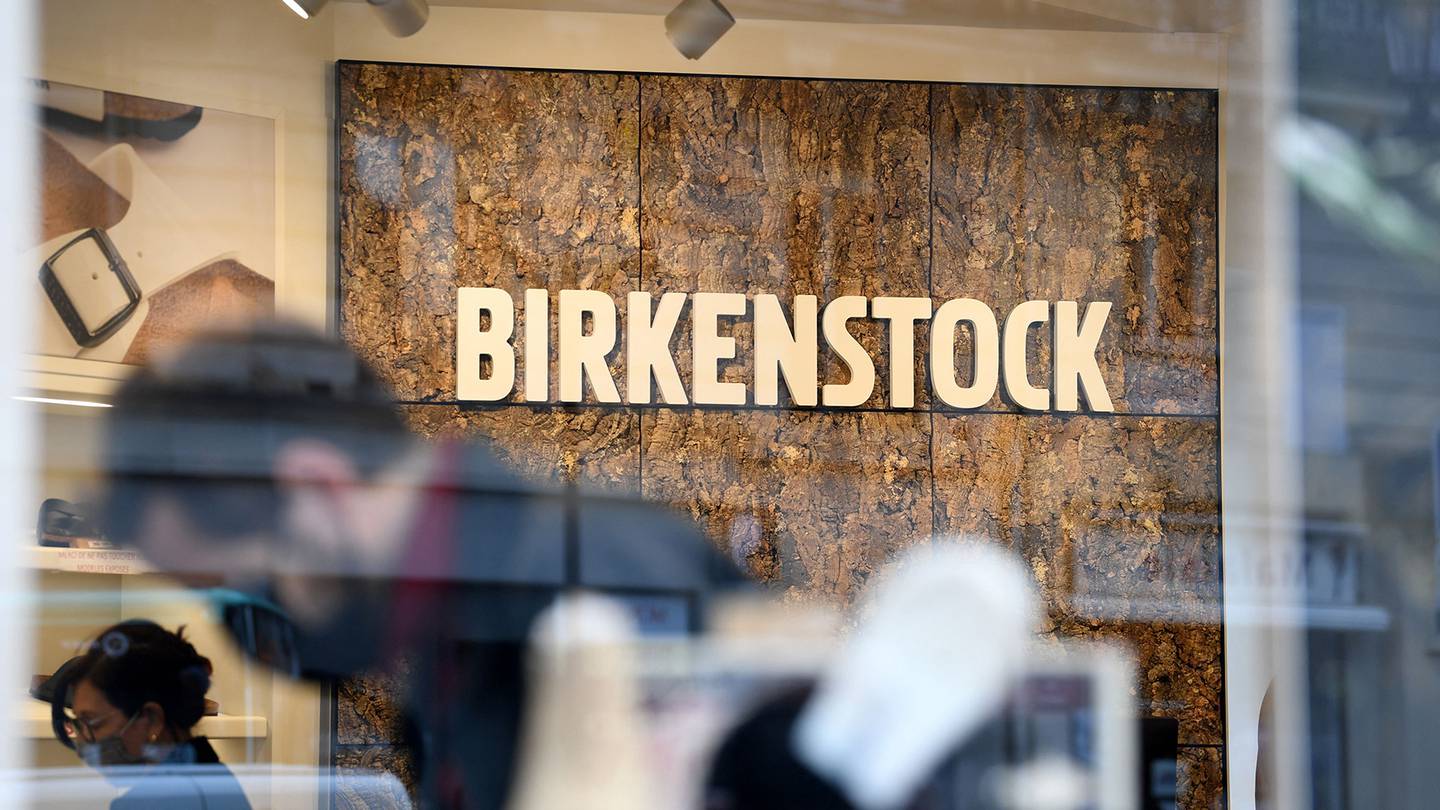
Birkenstock targets $9.2 billion valuation in New York IPO. The company and its stockholders are expecting to sell at least 32 million shares, likely to be priced between $44 and $49 apiece, and potentially raise about $1.58 billion at the top-end of the range, according to a filing with the US Securities and Exchange Commission.
Report: Golden Goose takes step towards listing in Milan next year. Italian luxury sneaker brand Golden Goose has picked Lazard as financial adviser to explore a potential stock market listing in Milan, two sources close to the matter said on Tuesday, according to Reuters. The company, which was acquired by private equity firm Permira in 2020, is aiming for a listing in the first half of 2024, the sources added.
SoftBank-backed Lululemon rival Vuori said to plan IPO next year. In an IPO, which could occur as soon as the middle of 2024, the apparel company would seek to top its $4 billion valuation in a 2021 funding round led by SoftBank Group Corp.’s Vision Fund 2, according to people with knowledge of the matter.
Levi Strauss cuts annual forecasts. The denim maker cut its annual forecasts for the second time on Thursday after missing third-quarter sales estimates as it reeled from hefty promotions and falling sales at its wholesale channels in North America.
Bernard Arnault’s lawyer says money laundering allegations are unfounded. The Paris public prosecutor’s office said on Sept. 30 it is investigating possible money laundering involving Russian businessman Nikolai Sarkisov and the LVMH chief executive. The investigation is related to property in the exclusive ski resort of Courchevel, according to Le Monde newspaper.
Report: US online sales to grow 4.8 percent in crucial holiday season. A report from Adobe Analytics showed the sales are also expected to grow at a much faster pace and hit $221.8 billion for the period between Nov. 1 and Dec. 31, compared with $211.7 billion a year earlier.
Puma’s call with analysts sends stock down most in three years. The shares fell as much as 12 percent in Frankfurt, the most since March 2020, as Puma held a pre-’blackout period’ discussion with analysts ahead of results that are due to be published on Oct. 24. Piral Dadhania, an analyst at RBC Capital Markets, warned that the top end of Puma’s prior earnings guidance for 2023 “may be out of reach.”
Rolex prices drop as cheaper rivals outperform. An index of Rolex timepieces declined by 2.2 percent in September, according to market prices tracked by the Bloomberg Subdial Watch Index, while entry-level models and brands like Cartier and Omega fared comparatively better.
US court halts minority grant programme at centre of legal challenge. A US federal court has ordered The Fearless Fund, an Atlanta-based venture capital firm that invests in minority-owned brands, to pause applications for its grants amid a legal battle with a conservative group that opposes race-based programmes. The fund has invested in beauty brands Bread Beauty, Brown Girl Jane and The Lip Bar among others.
LVMH’s duty-free unit bets on China luxury hub with mega mall. DFS Group, the travel retail arm of luxury conglomerate LVMH, plans to build a major shopping and entertainment complex on China’s tax-free Hainan island in a bid to capture a growing tourism market that’s shown resilience to slowdowns.
Uniqlo owner scouts for more India partners after 60 percent sales jump. Fast Retailing Co.’s Uniqlo brand will be scouting for more manufacturing partners in India to rapidly expand its operations after seeing a 60 percent jump in sales in the world’s most-populous nation.
Prada and Axiom Space collaborate to design NASA’s lunar spacesuits. Italian luxury group Prada and Texas-based startup Axiom Space will collaborate to design NASA’s lunar spacesuits for the Artemis III mission planned for 2025, the two companies said on Wednesday.
THE BUSINESS OF BEAUTY

La Bouche Rouge acquired by Beauty Brands Global. Founded by former L’Oréal executive Nicolas Gerlier, La Bouche Rouge is best known for its refillable lipsticks found in leather cases. Beauty Brands Global is a new holding company founded by Dilesh Mehta, chairman and CEO of Designer Parfums.
Oddity expects third quarter results to surpass guidance. Ahead of its third quarter earnings call on Oct. 3, Oddity Tech — the parent of makeup brand Il Makiage and skin care line Spoiled Child — said it expects revenue for the third quarter to rise 29 to 31 percent year-over-year, up from initial guidance of 18 to 23 percent.
PEOPLE
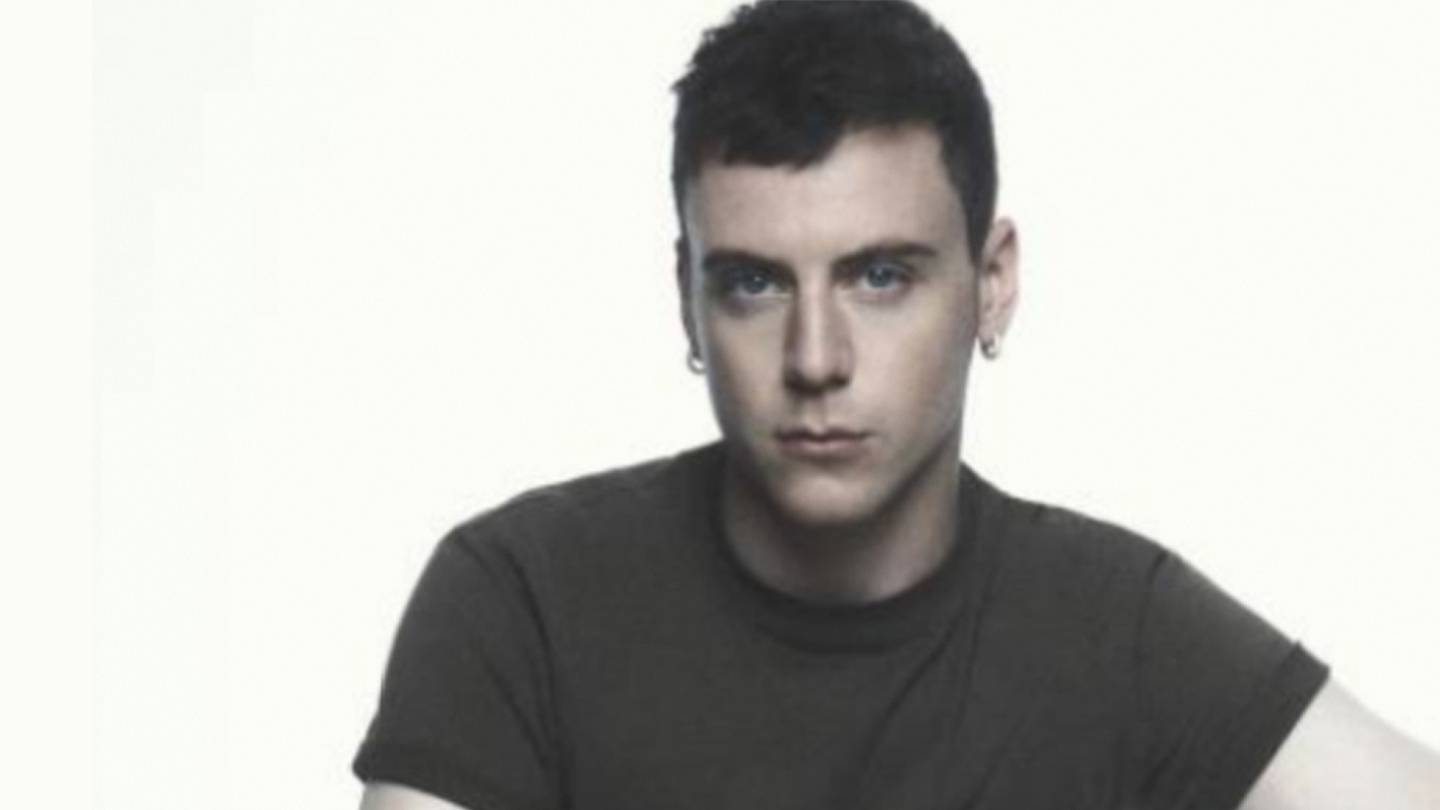
Seán McGirr named Alexander McQueen creative director. McGirr, most recently head of ready-to-wear at J.W. Anderson, succeeds longtime creative director Sarah Burton, who had steered the label since the death of founder Lee McQueen in 2010.
Hearst Magazines names Alicianne Rand SVP, general manager of fashion and luxury group. Rand, formerly the head of marketing at Venmo, will oversee the development of brand strategy and revenue growth at titles including Elle, Esquire and Harper’s Bazaar.
MEDIA AND TECHNOLOGY

Rochelle Pinto to lead Vogue India. Rochelle Pinto, the Mumbai-based founding editor of digital publication Tweak India, will lead Vogue India as its new head of editorial content, Condé Nast India said Thursday. Pinto succeeds Megha Kapoor, who exited her position as head of editorial content in August.
Elle UK launches membership programme, Elle Collective. For a fee of £149 ($181) a year, members will have access to exclusive content via a members-only site and app, special events, and discounts or early access to products and experiences like exhibitions on top of their standard print subscription.
Nike’s virtual studio is dropping its first physical sneaker. On Tuesday, the sneaker behemoth announced the first physical product to come out of .Swoosh, the digital-goods platform it introduced late last year, a black-and-white, low-top version of Nike’s Air Force 1 with .Swoosh branding and details, dubbed the TINAJ, as in “This Is Not a JPEG,” a slogan that also appears on the shoe.
Compiled by Diana Pearl.

